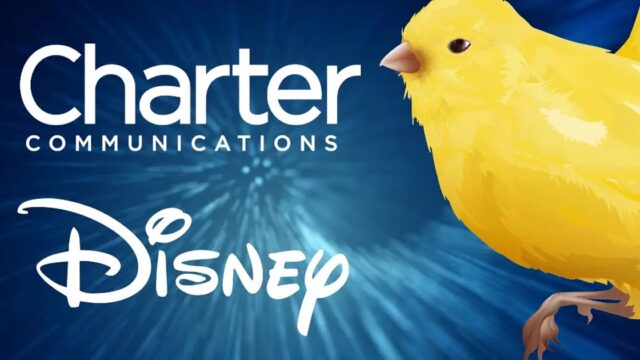Though Warner Bros. Discovery says Max is the one to watch, the company really hopes you’re watching linear TV too.
In its Q3 earnings call today, the company revealed a 12% decline in advertising, and CFO Gunnar Wiedenfels isn’t optimistic about the near future of the TV advertising market.
“The state of the overall linear ad market during the second half of this year has been disappointing,” Wiedenfels said.
Previously, industry insiders had been predicting a second-half recovery in TV ad sales, but Wiedenfels added, “the timing of an ad recovery is currently difficult for any of us to predict with any conviction.”
The ongoing SAG-AFTRA strike is also causing issues for next year.
Though Wiedenfels said there should be “an eventual tailwind from the end of the work stoppage,” there is a “real risk” that the strike impact will extend into 2024.
Of course, the Warner Bros. Discovery execs noted the market will eventually turn around, and Wiedenfels said the company is in “fighting shape” for when that happens.
CEO David Zaslav also made it clear that the company is still fully behind its linear TV business.
“We’re not giving up,” Zaslav said. “We really believe in linear.”
Moving gently down the stream
Streaming-wise, though the company shed overall direct-to-consumer subscribers from 95.8 million to 95.1 million, average revenue per user is up. And Wiedenfels said the streaming advertising market is “robust.”
The company is also noticing increased engagement and reduced churn in its latest news and sports offerings, including the Bleacher Report (B/R) Sports Add-On package and CNN on Max.
Looking at the linear market moving forward, Zaslav pointed to the recent, headline-making Disney and Charter agreement, saying the deal was structured in a way that was “favorable for both parties and favorable for the ecosystem.”
In the Disney and Charter deal, both sides made concessions, with Disney receiving its more than $2 billion in carriage fees and Charter creating a path to offer various Disney streaming services alongside some of its Spectrum cable plans.
“The churn on that will be very low, and the reach will go up and they’ll be able to sell advertising, of course,” Zaslav said, noting that the deal creates and “interesting bridge” to build scale and create linear stability.













